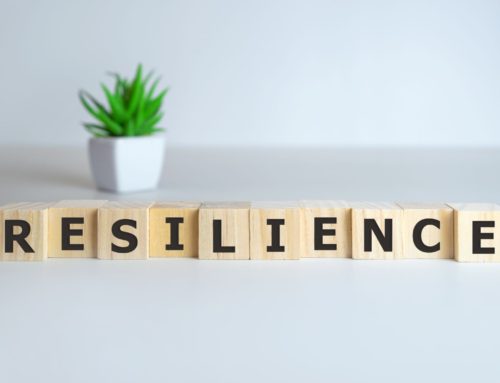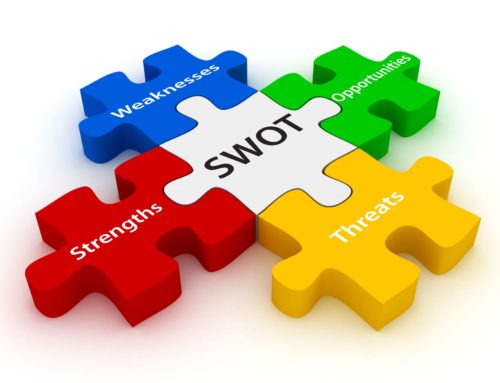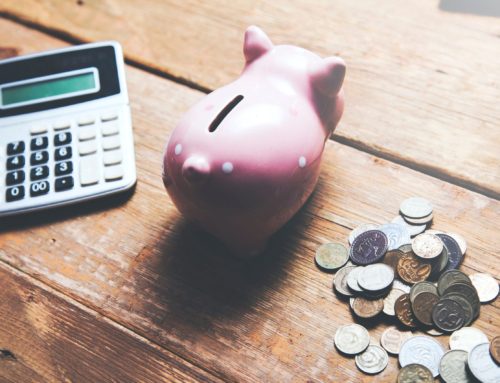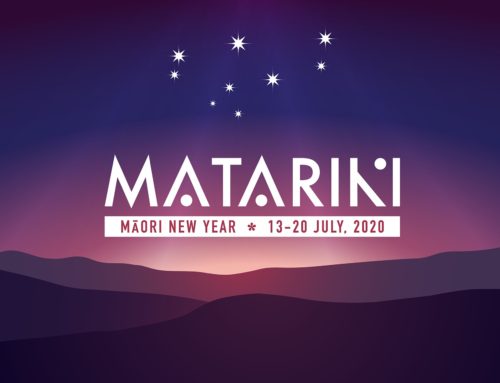
How old were you in September 1972? I was 7 years old so I wasn’t doing much… But what was important about this day in New Zealand history was the presentation of a petition calling for Te Reo to be taught in schools. This moment in history can, in a roundabout way, be considered the catalyst for the development of Māori Language Week. This year Māori Language Week is being celebrated 14-20th September and the theme is Kia Kaha Te Reo Māori!
When translated, Kia kaha can be interpreted as an exhortation to be strong or get stuck in. So in 2020, Te Taura Whiri (the Māori Language Commission) is challenging us to give Te Reo a go (if you haven’t yet) or to strengthen our language skills. Who is up for the wero (challenge)??!!
Te Reo is Fascinating! As with many other indigenous languages, Te Reo Māori can be considered a time capsule of sorts. What do I mean by this? Well, Te Reo allows us to trace our linguistic roots back to Eastern Polynesia through the similarities with other languages such as Rarotongan and Tahitian. Not only that, Māori is considered an oral language and only began to be written when non-Māori began to settle. So how did knowledge get passed on? Yes, it was passed from generation to generation orally but to support this remembering, many storytellers were given visual aids. For tribal memories, these visual aids took the form of carvings and tukutuku panels and were kept in wharenui (the large meeting house) or whare whakairo (carved houses). These houses were (fittingly) considered to be the embodiment of ancestors. However, Whare weren’t the only places knowledge was stored. Carved bone and greenstone jewellery (taonga), weaponry and physical aids (such as walking sticks) also told personal stories. Cleverly, Māori also used waiata (song), haka (ceremonial challenge) and karakia (prayer) to pass on knowledge. So in its way, Te Reo, tells us who we are. See! Fascinating.
Te Reo can also give us some insights into where people are from too. Don’t believe me? Next time you’re in Taranaki, listen carefully for the lack of an ‘h’ sound. If you’re visiting the South Island, listen carefully for the Te Reo speakers pronouncing the ‘k’ sounds instead of a ‘ng’ sound. If you find yourself near Whakatane, listen for the ‘na’ sound instead of a ‘nga’ sound. These dialect variations are subtle but can give the listener many clues as to where the person speaking hails from.
Over the years, Te Wiki o Te Reo Māori has evolved and changed however, its core message – the revitalisation of Te Reo – remains the same. Interested in learning more? There are heaps of helpful resources out there no matter your age OR level of understanding.
Lockdown has put the brakes on mass public gatherings but Te Taura Whiri are hosting a Māori Language Moment to encourage people to take up or strengthen Te Reo. This event honours the petition presented to parliament and supports Te Taura Whiri’s target of 1 million Māori language speakers by 2040. My wero (challenge) to you is to participate. You can sign up here. Your moment can be as big or as small as you want it to be. Record yourself singing your favourite waiata or reciting karakia or greet everyone with a kia ora or Ata mārie! The possibiliities to participate are endless!
Also, the Te Wiki o Te Reo website also suggests oodles of ideas as do most public libraries. Or check out your local council websites for information about events and Covid-19 guidelines.
Most of all, get out there and give it a go.
Kia kaha Te Reo Māori! 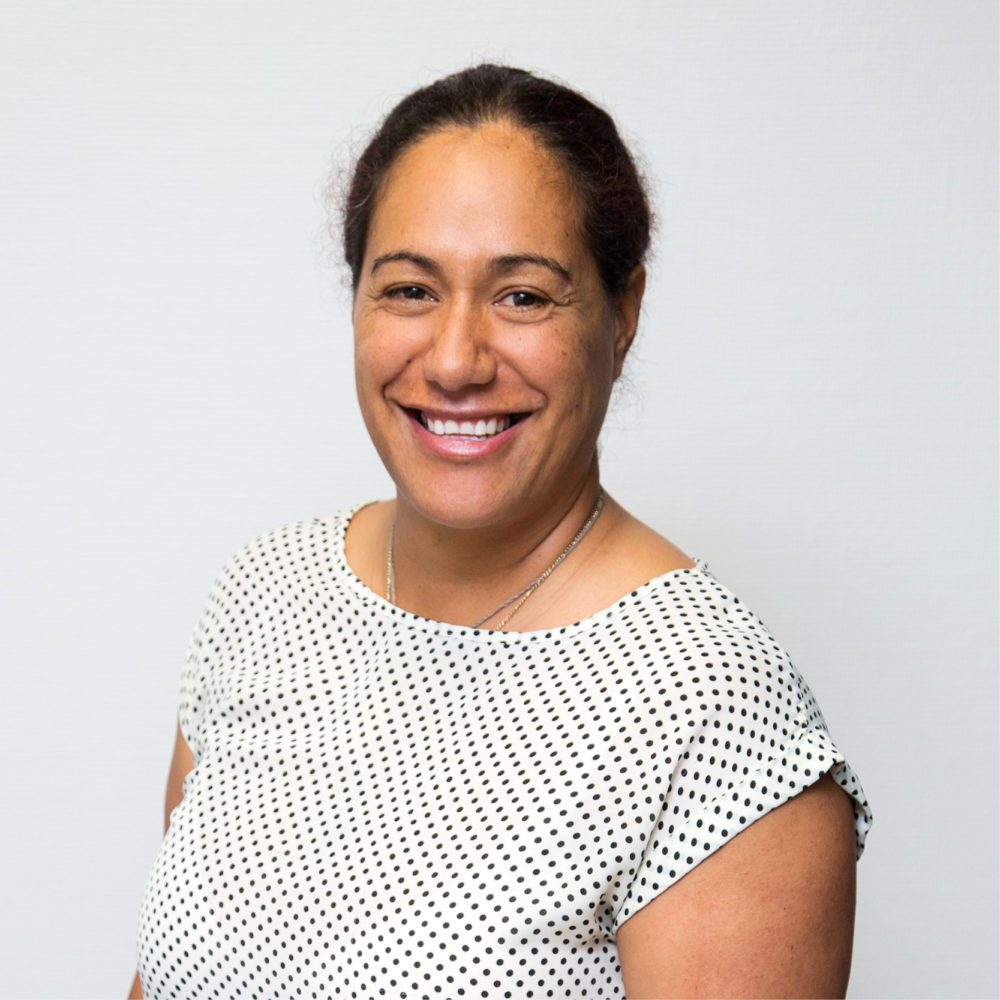
This article was written by Bridget Taylor – Kaiwhakahaere o nga Tikanga



